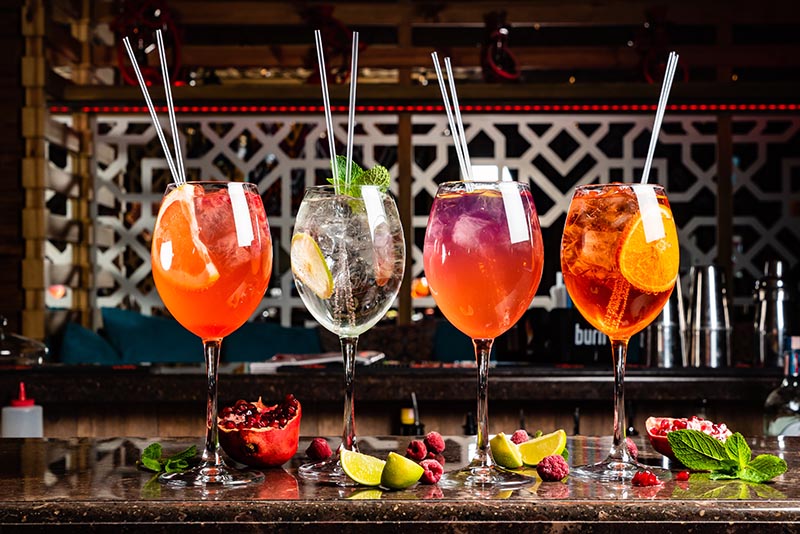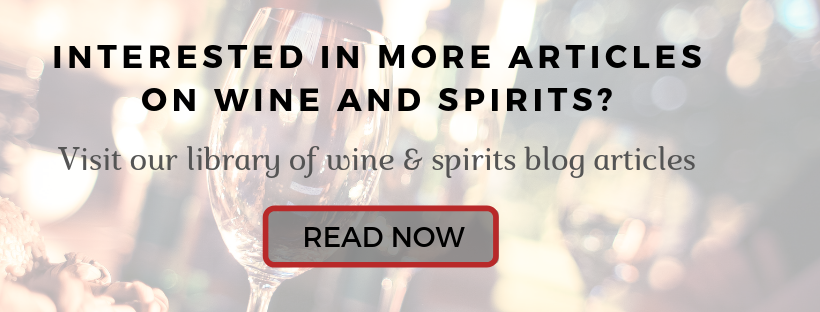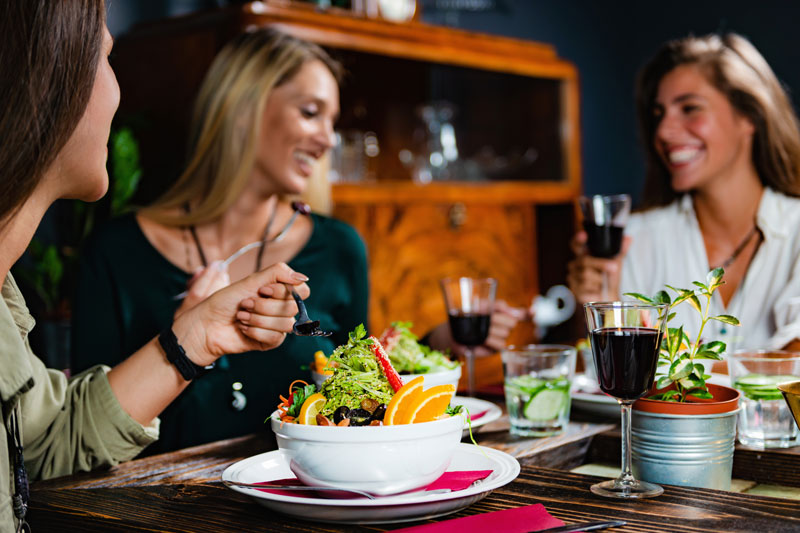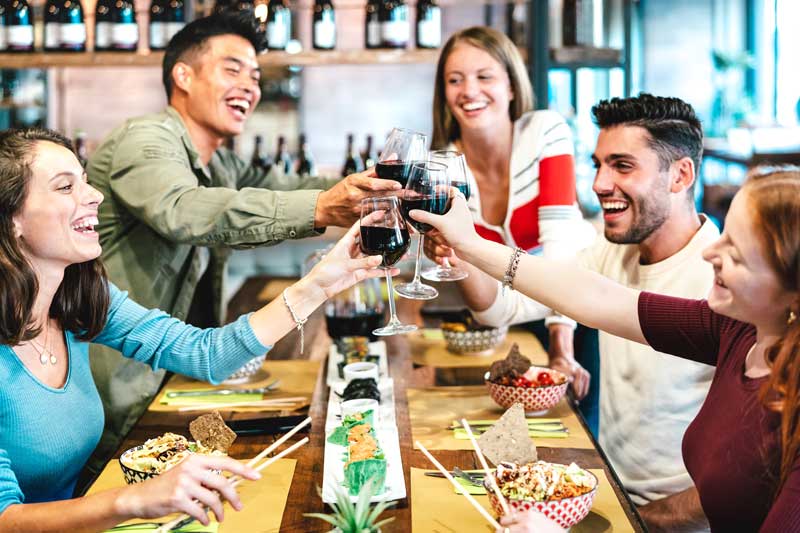Stirred, not slurred—that’s the slogan for Curious Elixirs’ new line of non-alcoholic mocktails.
A cocktail without the buzz may not seem buzz-worthy, but the non-alcoholic beverage market amounts to $280 million, according to Statista. The industry expects growth by 7.1% this year. The non-alcoholic drink market, which does include soft drinks, is expected to be valued at more than $2 billion by 2022, according to Allied Market Research.
Consumers now want non-alcoholic drink options for either mid-week sips or because they’re exploring a sober lifestyle for health reasons. Some of the non-alcoholic drink companies dub this month “Sober October.” The idea is similar to Dry January; people who partake spend the entire month not drinking alcoholic beverages.
“Forecasters expect COVID-19 to accelerate the decline of booze consumption in the U.S. As fewer people visit bars, restaurants, and sporting venues, retail purchases have increased, but overall intake has been dropping,” Bloomberg reports. “The drinks industry is responding with an onslaught of non-alcoholic spirits whose flavors evoke those found in traditional bottles. “
Sip, sip, sober
Consumers care about the taste of a mocktail; otherwise, they’d stick with water. Non-alcoholic beverage companies are investing heavily in the taste and “craft” of their mocktails to help drinkers feel like they’re having something pretty close to the real thing. These drinks are for more than just pregnant women and taste far more refined than flavored water.
Curious Elixirs offers four options, each named after a number one through four, that mimic the taste of real cocktails, such as a cucumber collins or a Negroni.
Non-alcoholic gin ranks as another popular zero-proof alcohol category. Monday Gin is handcrafted and natural. The company describes its product as an “aromatic blend of juniper, natural botanicals, citrus, and spices that satisfies like a classic London Dry, finishing with the familiar kick of your favorite spirit.” To add to the allure, Monday Gin has no calories and zero sugar.
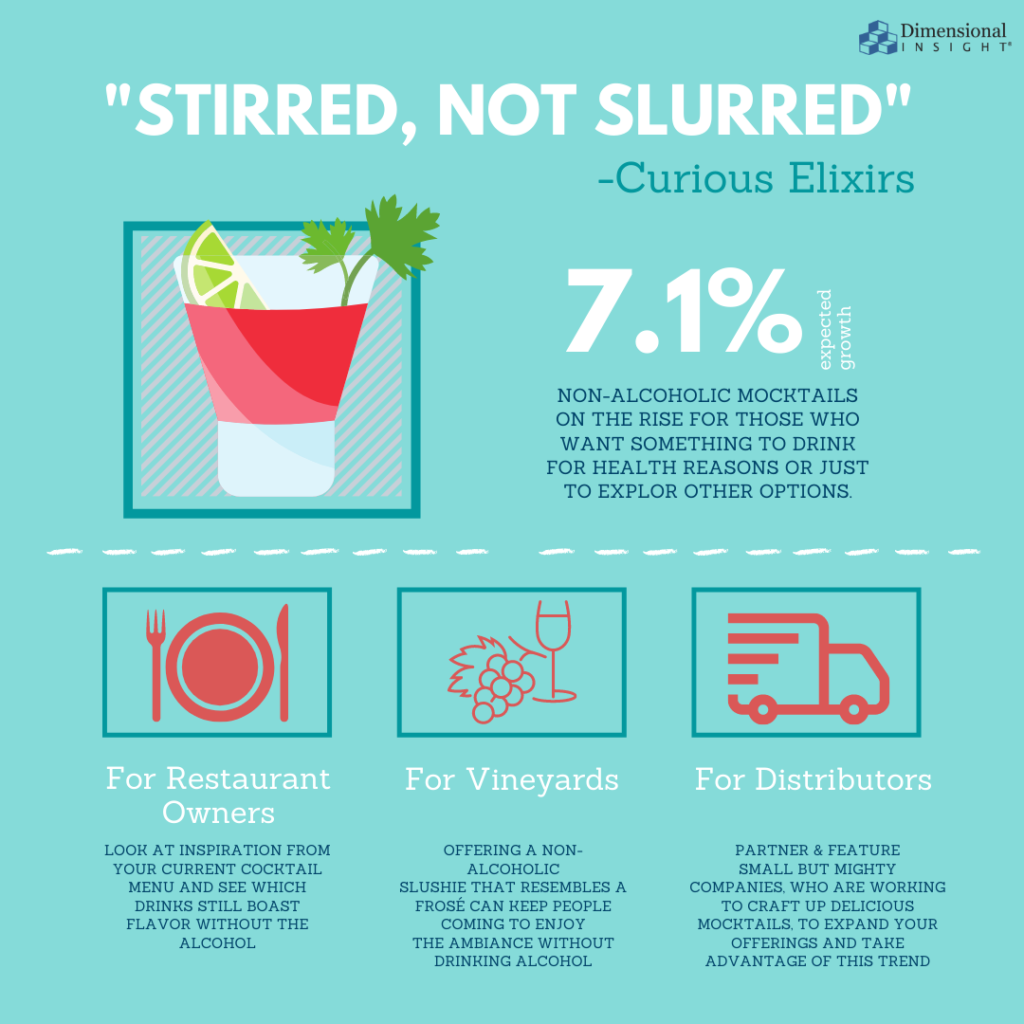
What brands can do to feature non-alcoholic drinks
“Increasing population of working people, gym-goers, and athletes is expected to promote the demand for nutritious drinks, which will increase their performance as well as keep their energy level high throughout the day,” Grandview Research wrote in a report released last year. “This is expected to aid the growth of non-alcoholic beverages such as energy drinks, juices, as well as functional drinks in the next few years. Moreover, consumers are shifting towards natural and organic food products, which are tastier, healthier, and more nutritious. This consumption trend is gaining popularity among the young adult population across the globe.”
With millennials seeking healthier choices, offering non-alcoholic drink options is a natural sales booster.
Even restaurants have been boosting a mocktail menu—fun combination drinks that do not feature alcohol. Morton’s The Steakhouse in New York City features a “Free Spirits” menu with three alcohol-free cocktails. One is a Spa Tonic and another is a Honey-Ginger Mule, both of which play off traditional cocktails but have their own twist.
For restaurant owners, look at inspiration from your current cocktail menu and see which drinks still boast flavor without the alcohol. Even adding club soda can help add to the allure of a cocktail. Restaurants can also reach out to pre-mixed non-alcoholic cocktail companies and put those on the drink menu.
For vineyards, offering a non-alcoholic slushie that resembles a Frosé (a frozen rosé) can keep people coming to enjoy the ambiance without drinking alcohol.
For distributors, a lot of small but mighty companies are working to craft up delicious mocktails. Partner and feature their brands to expand your offerings and take advantage of this trend.
- 87% of Utilities Have Experienced at Least One Data Breach in Last Three Years - February 5, 2024
- Can Drones Lower Your Next Utility Bill? - January 10, 2024
- Onshore Wind Farms Are The Next Big Thing In Renewable Energy - December 6, 2023

